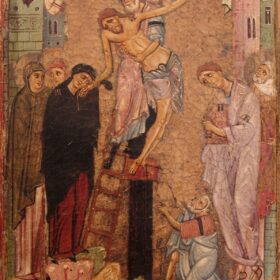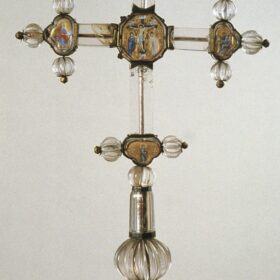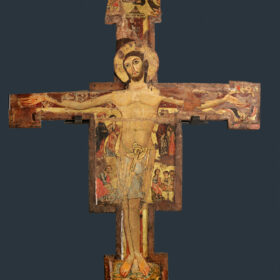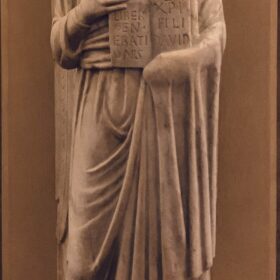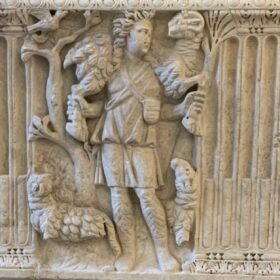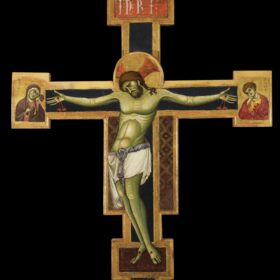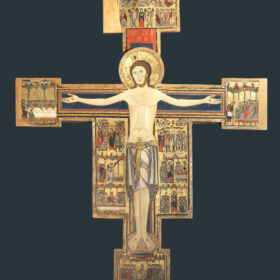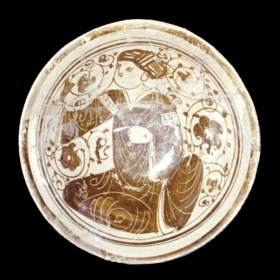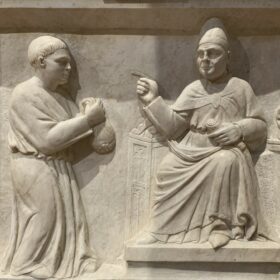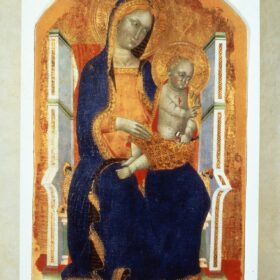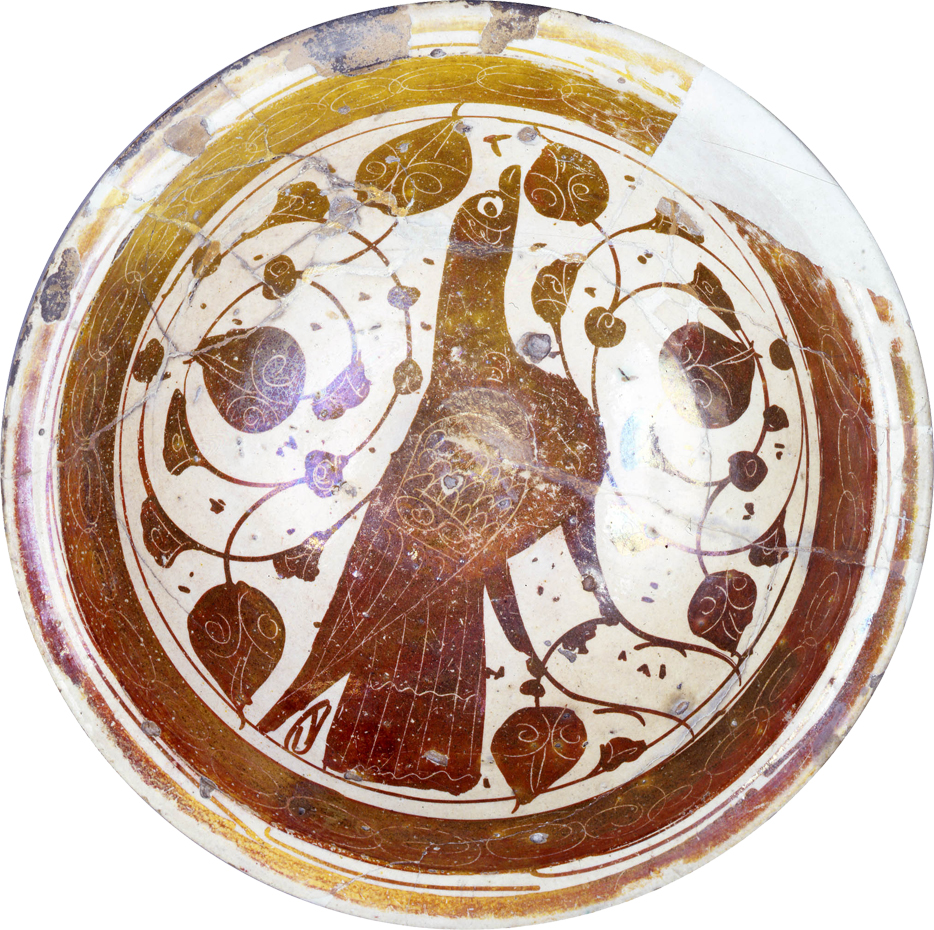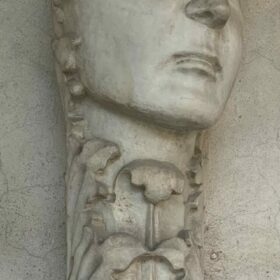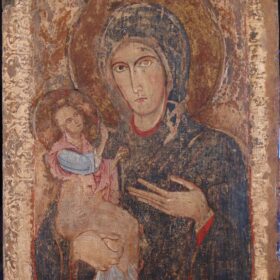
A treasure chest of medieval art, which contains many of the wonders once scattered among the numerous Pisan churches. The collection was born in 1796, thanks to the dean of the clerics of the Cathedral, Sebastiano Zucchetti, and was placed inside the chapel by the Pozzo del Campo Santo, to be later moved to the halls of the convent of San Francesco. The new National Museum of San Matteo was established in 1947, at its current location. The visit starts from the thirteenth-century cloister of the monastery, where we find Roman and medieval finds from many areas of the city. On the back of the church, which still retains its medieval aspect, starts the section of sculptures from the 11th to the 14th centuries, with works by Byzantine and Pisan sculptors, dominated by the large sepulchre of the Counts of Gherardesca (of which only a part is present) by Lupo di Francesco. On the first floor there is a hall, unique in its kind, exhibiting painted crosses, among which the Crucifixes by Giunta Pisano (13th century) and the Cross of San Paoloall’ Orto (end of the 11th century), the most ancient in Italy.
The gallery of altarpieces and polyptychs displays grandiose works by Cecco di Pietro, Francesco Traini, The Giotto school and the famous and monumental polyptych of Santa Caterina, by Simone Martini of 1319. These are followed by the Italian and foreign masters who participated in the Pisan artistic season of the fourteenth century, such as Alvaro Pirez d’Evora. The hall dedicated to the church of the Spina is a jewel of Gothic art and exhibits one of the greatest masterpieces of the Italian fourteenth century, the Madonna del Latte by Andrea Pisano (1343-1348). A long corridor with marble sculptures, including works by Nicola and Giovanni Pisano, is introduced by a very small part of the collection of ceramic basins of Islamic and local origin that once adorned the most important religious buildings in the city (X-XIII century).
The gallery of wooden sculptures reveals an important local production which developed in the fourteenth century and include elegant works, such as the Annunciata by Agostino di Giovanni and Stefano Acolti (1321), which shows the typical movements of the models of the 1920s of the last century. They are followed by high-value works from the flowery Gothic style of Gentile da Fabriano to the delicate lines of Beato Angelico, to the only surviving piece of the great Pisa polyptych by Masaccio, and an austere San Paolo (1426), from the church of Carmine. Benozzo Gozzoli and Ghirlandaio conclude the galleries of painters. The last hall displays the reliquary bust of San Lussorio made between 1422 and 1427 by the Renaissance master Donatello. The visit ends with a curious en plein air restoration laboratory that shows the delicate work of recovery and conservation of the ancient works.
Curious fact: in 1917, Pablo Picasso was in Rome, as the superintendent of the sets for the Russian ballet by Sergei Diaghilev. Before returning to Spain, he was attracted to the paintings preserved in the Pisan Campo Santo, made known by the reproductions of the English Pre-Raphaelites. In front of the large detached fresco of the Madonna and Child by TaddeoGaddi, from the church of San Francesco and now in the museum of San Matteo, he was dazzled by its Gothic linearity, at a time when his interest in returning to the ancient order was very high. Without delay, perhaps driven by an artistic-vandalic impulse, he left his signature followed by the date: Picasso1917. The work is currently being restored.
The National Museum of San Matteo was the set of some scenes from the film Figlio mioinfinitamente caro (My Dearest Son) (1985) by the Pisan director Valentino Orsini, starring Mariangela Melato, Ben Gazzara, Sergio Rubini, and Valeria Golino. A dramatic film that tells of a paternal love for a son. The film is entirely shot in Pisa: not only around the tower, but also in the Piazza dei Cavalieri, the Lungarni, the museum of San Matteo, the Campano tower, and the Borgo Stretto…
WORKS FROM PISA CHURCHES
Chiesa e convento di San Matteo
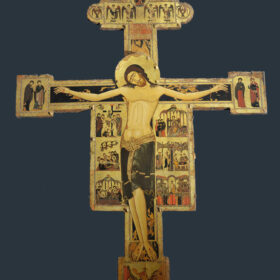
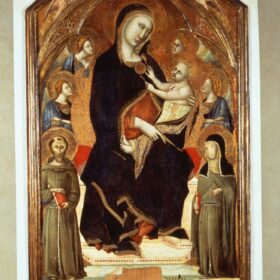
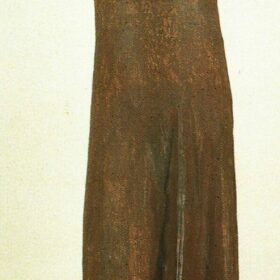
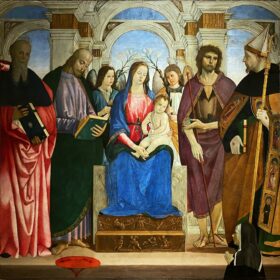
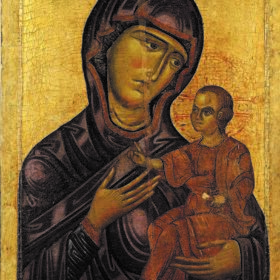
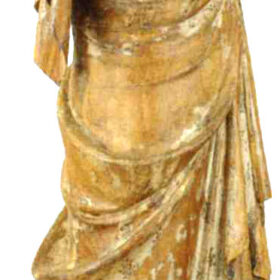
Complesso di Sant’Anna
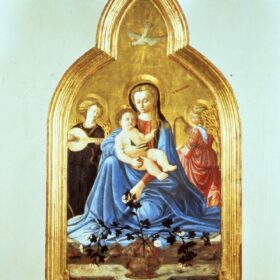
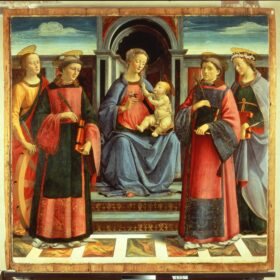
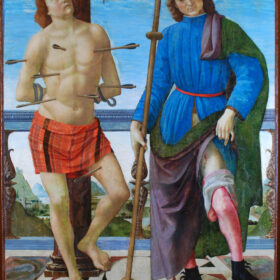
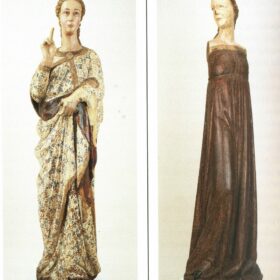
Chiesa di San Domenico
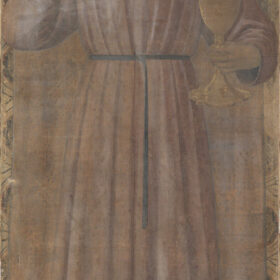
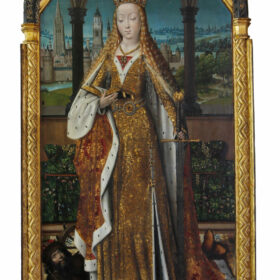
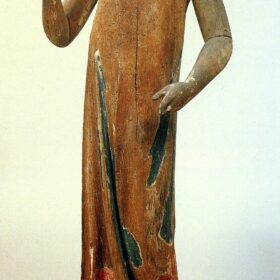
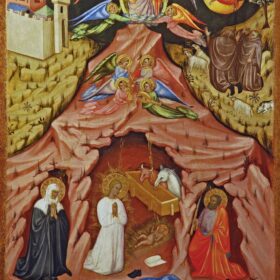
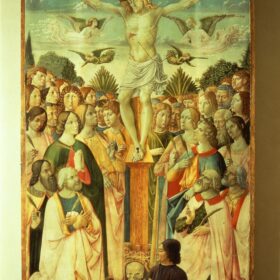
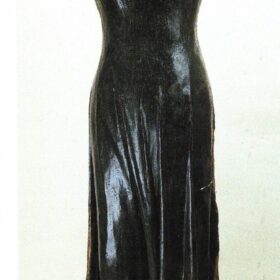
Chiesa di San Francesco
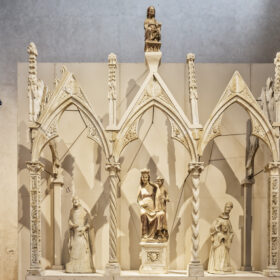


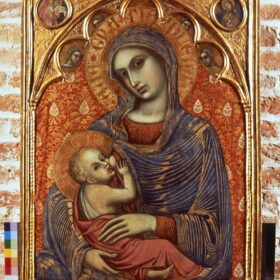
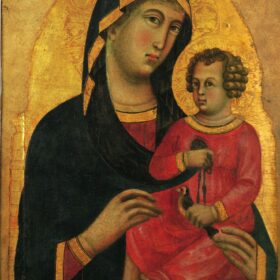
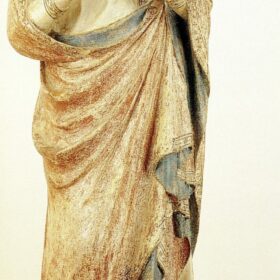
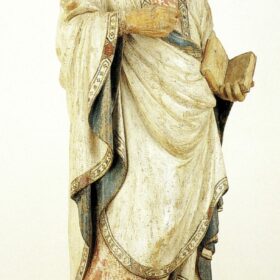
Chiesa di San Giovanni dei Fieri
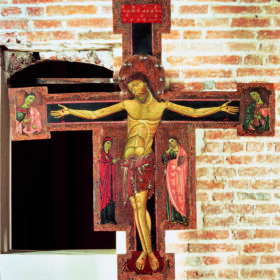

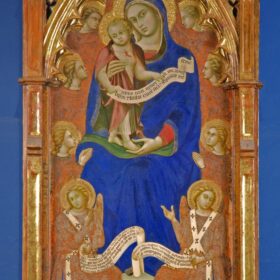
Chiesa di San Martino
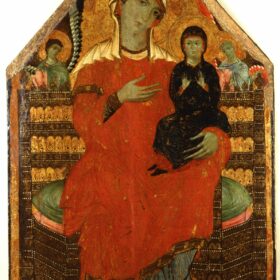
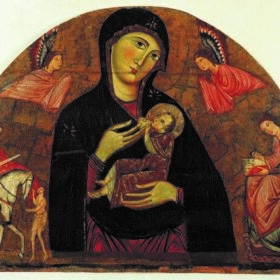
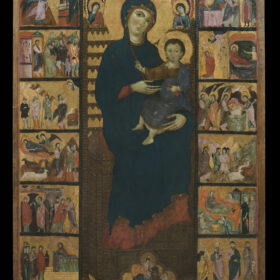
Chiesa di San Michele degli Scalzi
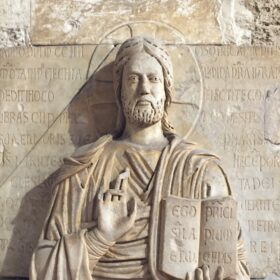
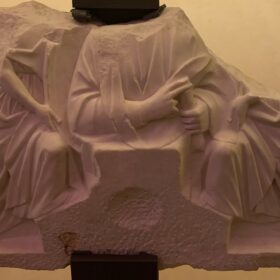
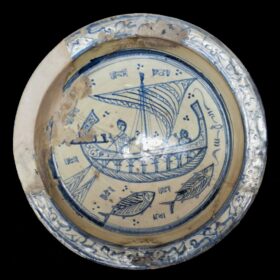
Chiesa di San Michele in Borgo
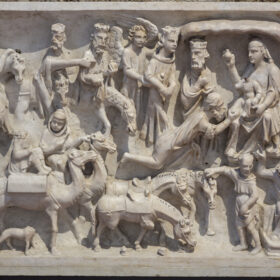
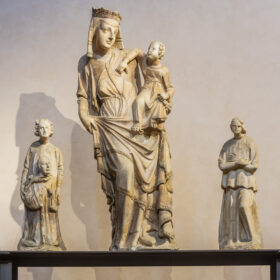
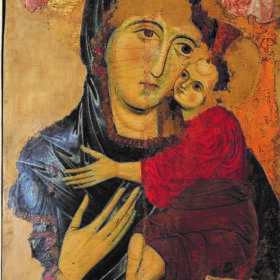
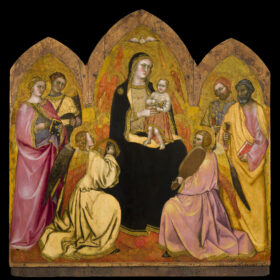
Chiesa di San Paolo a Ripa d’Arno
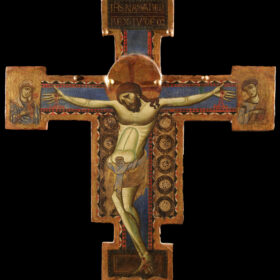
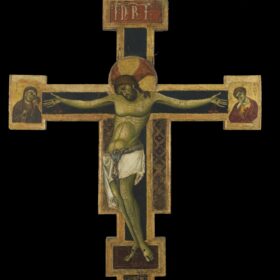

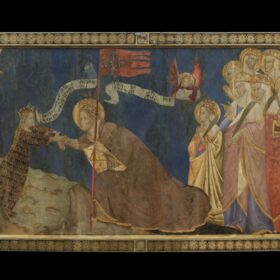
Chiesa di San Silvestro
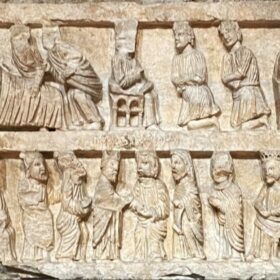
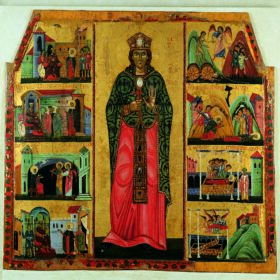
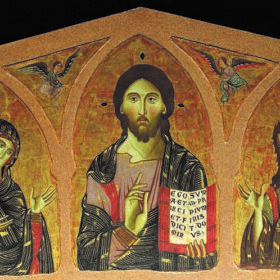
Chiesa di San Zeno
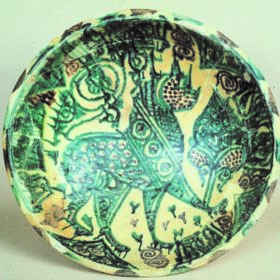
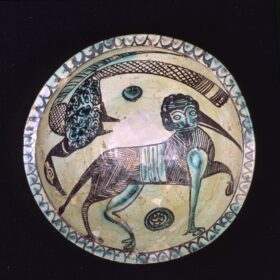
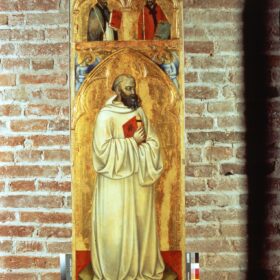
Chiesa di Santa Caterina
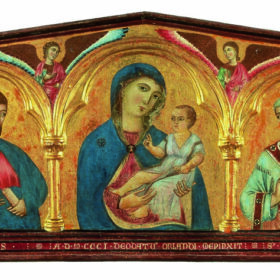
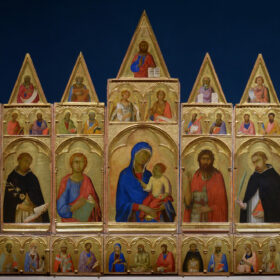
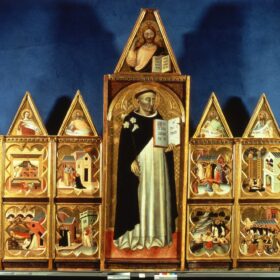

Chiesa di Santa Cecilia
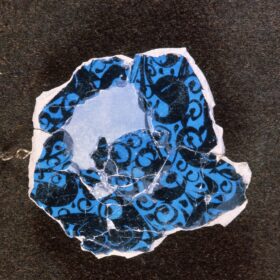
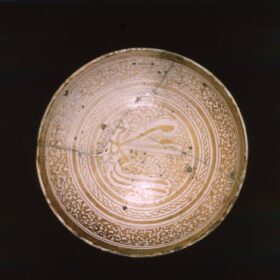
Chiesa di Santa Croce in Fossabanda
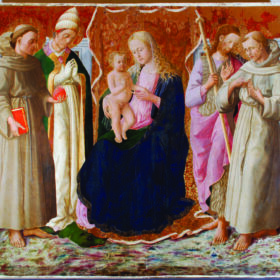
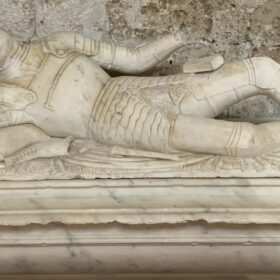
Chiesa di Santa Maria del Carmine
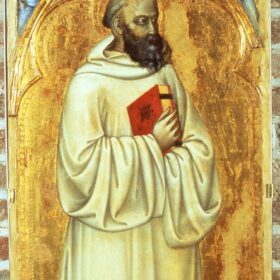
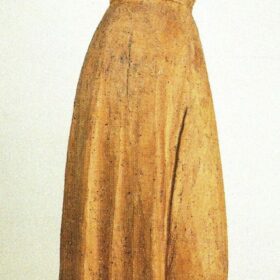
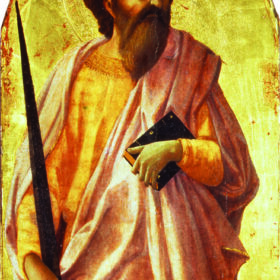
Chiesa di Santa Maria della Spina
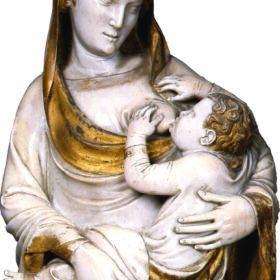
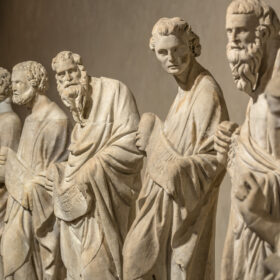
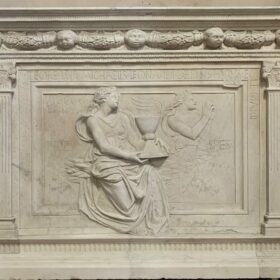
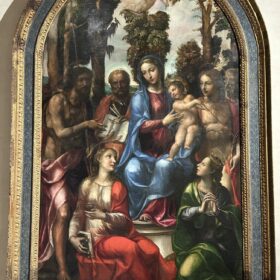
Chiesa di Santo Stefano dei Cavalieri
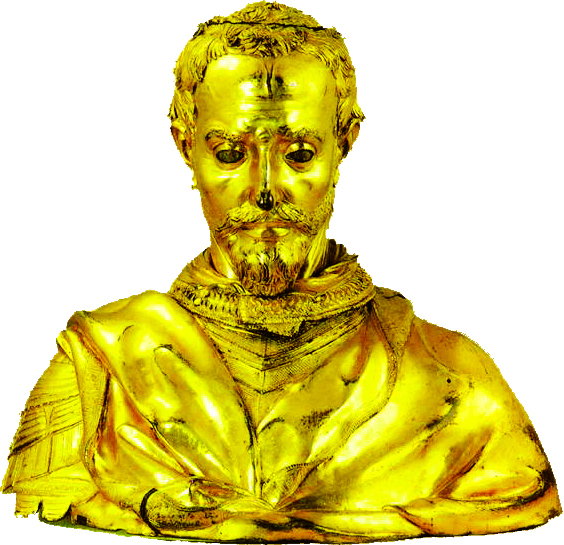
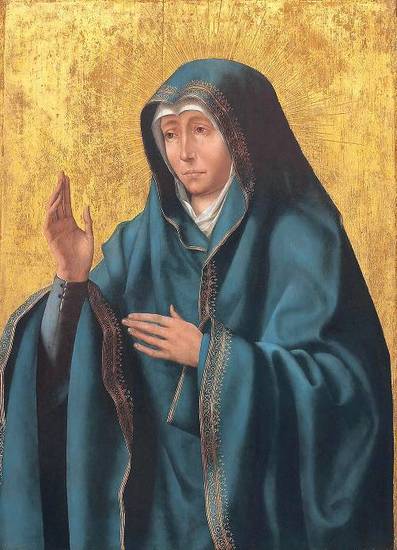
INFORMATIONS
All informations can be found here:
http://www.polomusealetoscana.beniculturali.it/index.php?it/204/pisa-museo-nazionale-di-san-matteo
https://it.wikipedia.org/wiki/Museo_nazionale_di_San_Matteo
